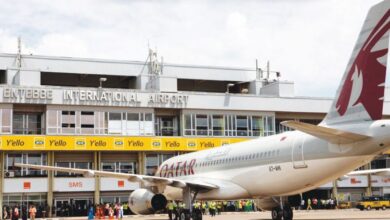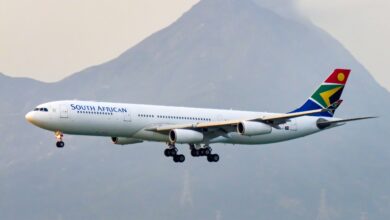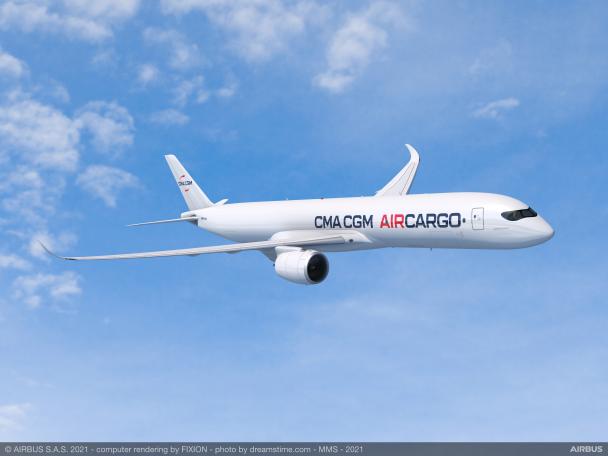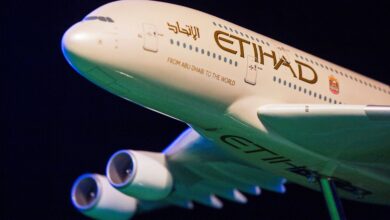Singapore Airlines Deploys SITA Opticlimb® To Reduce Up To 15,000 Tons of Aircraft Carbon Emissions per Year
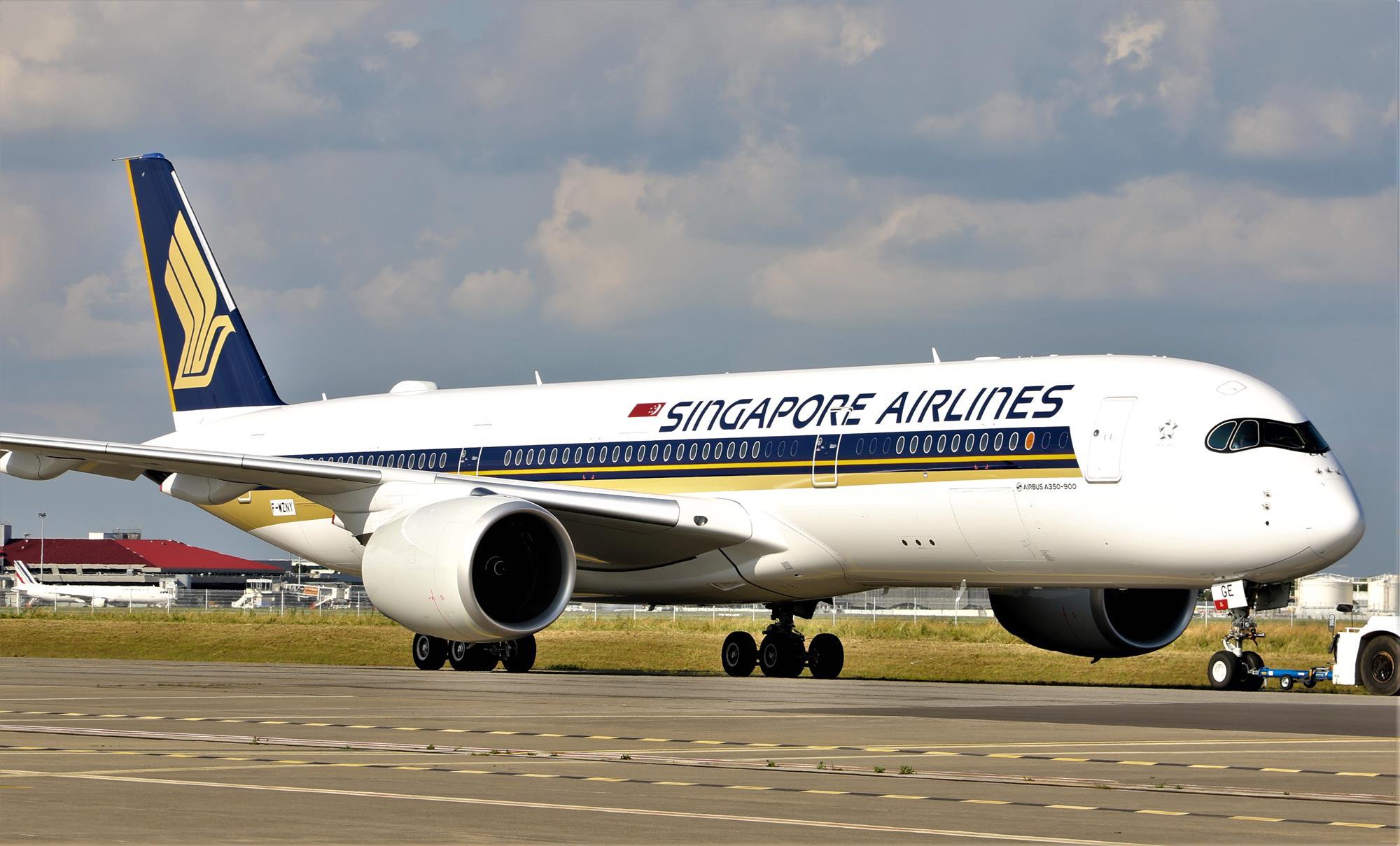
SITA OptiClimb®, a digital inflight prescriptive analytics tool for fuel optimization, has been selected by Singapore Airlines to support the carrier’s goal of achieving net-zero carbon emissions by 2050.
By deploying SITA OptiClimb®, the airline is able to optimize fuel utilization during the aircraft’s climb-out phase. The unique solution combines aircraft tail-specific machine-learning models with 4D weather forecasts to recommend customized climb speeds at different altitudes. It leverages historical flight data to predict fuel burn in different flight scenarios and recommends optimized climb profiles on a user-friendly interface for pilots.
It is estimated that airlines can derive fuel savings of up to 5% during climb-out on each flight, with around 5.6 million tons of carbon dioxide emissions avoided annually if every airline worldwide uses SITA OptiClimb®.
Following a successful test period and validation of SITA OptiClimb® outcomes, the tool has been used on Singapore Airlines’ Airbus A350 fleet since August 2022. SITA has calculated that the solution will help the carrier cut aircraft carbon emissions by up to 15,000 tons annually.
Captain Quay Chew Eng, Senior Vice President of Flight Operations, Singapore Airlines, said: “Singapore Airlines uses multiple levers to achieve our sustainability goals, including the latest technologies to optimize fuel efficiency in a bid to reduce carbon emissions. SITA OptiClimb®utilizes advanced analytics to support this outcome. We will continue to look for innovative solutions to reduce our carbon footprint and achieve net-zero carbon emissions by 2050.”
Yann Cabaret, Chief Executive Officer, SITA FOR AIRCRAFT, said: “We’re extremely proud to be part of Singapore Airlines’ journey towards making aviation more sustainable, environmentally and financially. With innovative, cost-effective, and data-driven tools like SITA OptiClimb®, we can help all airlines and their employees to make more informed decisions that drive greater and much-needed operational efficiencies today.”
The International Air Transport Association (IATA) expects the cumulative volume of aviation carbon emissions between 2021 and 2050 to be approximately 21.2 gigatons of carbon dioxide if left unabated. The air transport industry has been working on a range of measures to reduce carbon emissions and achieve net-zero status by 2050. These measures include using sustainable aviation fuels, new aircraft technology, and operational and infrastructure improvements to help increase aircraft fuel efficiency and reduce reliance on fossil fuels.


